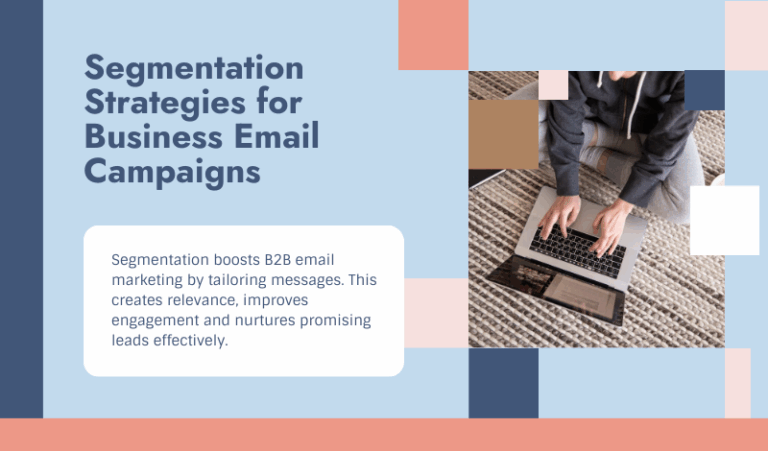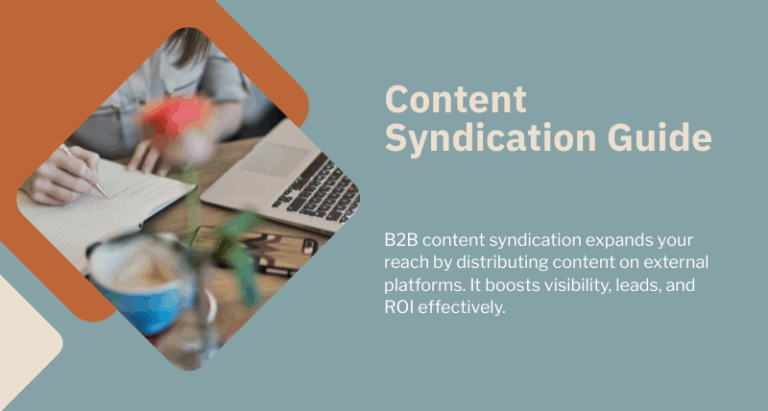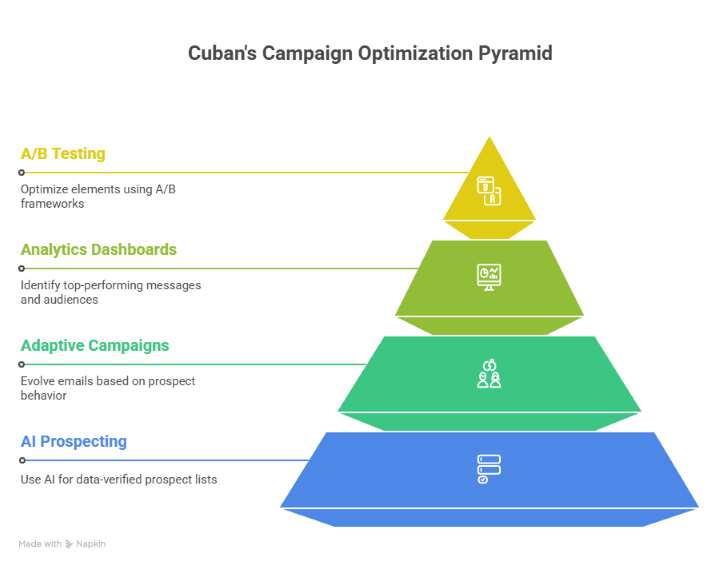If they know you’re listening, customers are pretty forthcoming with their data. Give your leads a chance to tell you more about what they want, and they’ll share just about everything you want to know about them.
That’s the philosophy behind preference pages, those forms that let prospects set the pace and tone of their interactions with you. Preference centers are incredibly powerful data collectors. Combined with data enhancement to add detail, preferences can tell complex stories about your leads so you can gain insight into them.
Opt-Ins, Opt-Downs, and Updates
What should be part of your preference pages? That depends on what you’re asking leads to do. For email and newsletters, a straightforward opt-in form that asks for a name, address, and a few salient firmographic details is generally best. To collect the most high-quality data, send an autoresponse verification email that ensures the email address is valid and accurate.
Opt-down preference centers are useful too, particularly for leads who engage with you over the long haul. They’re typically used for leads whose contact information you already have. An opt-down page lets users control the frequency and type of interaction they have with you. By customizing their experience, prospects feel more at home on your site; they appreciate your willingness to adapt to their needs. An opt-down page might include which channels your lead prefers, frequency of email, and email topics.
Both opt-in and opt-down preference pages need occasional updates. As prospects move, change departments, or get promoted, their data changes. Data enhancement using a third-party database like ReachBase can also help keep your information current.
Collect What You’ll Use, Use Everything You Collect
One of the most common mistakes marketers make is asking for data they don’t put to use. If you don’t plan on sending out birthday greetings or special offers, for instance, you may not need to collect birthdays. Every time you ask a lead for information, you’re increasing their expectations of what they’ll get in return, so prioritize the data you collect directly from leads and gather the rest from data enrichment. You’ll save your leads valuable time and make them more willing to answer the questions you can’t always get from another source.
If you’ve already amassed a wealth of data on your loyal customers, start spending some of that informational capital. Go ahead and send that birthday coupon if you’ve already collected birthdates. Your marketing automation consultant can help you find new ways to use existing data.
Explain How You Use Data
Leads are far more forthcoming with information when they know what you’re going to do with it. Getting contact information is self-explanatory: You ask for an email address so you can send marketing emails. For other data that has a less directly obvious purpose, let your leads know how they’ll benefit from sharing their data with you. Most forms allow users to get more information by clicking on or mousing over a query link.
Preference pages play a bigger role in customer satisfaction than you might think. Take some time to review your current preference center and see if it’s optimized for lead engagement.
© Reach Marketing LLC 2017 All Rights Reserved.



